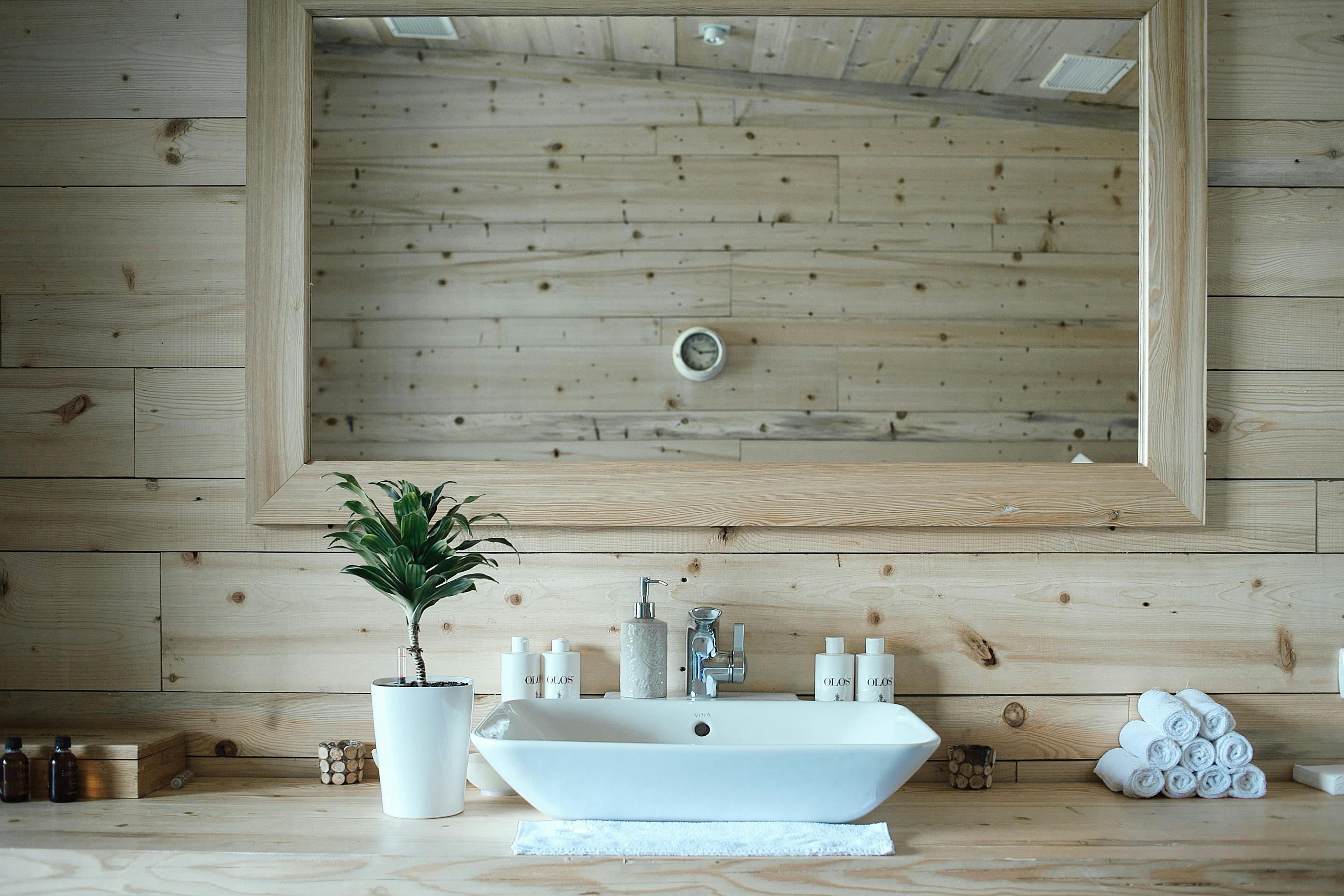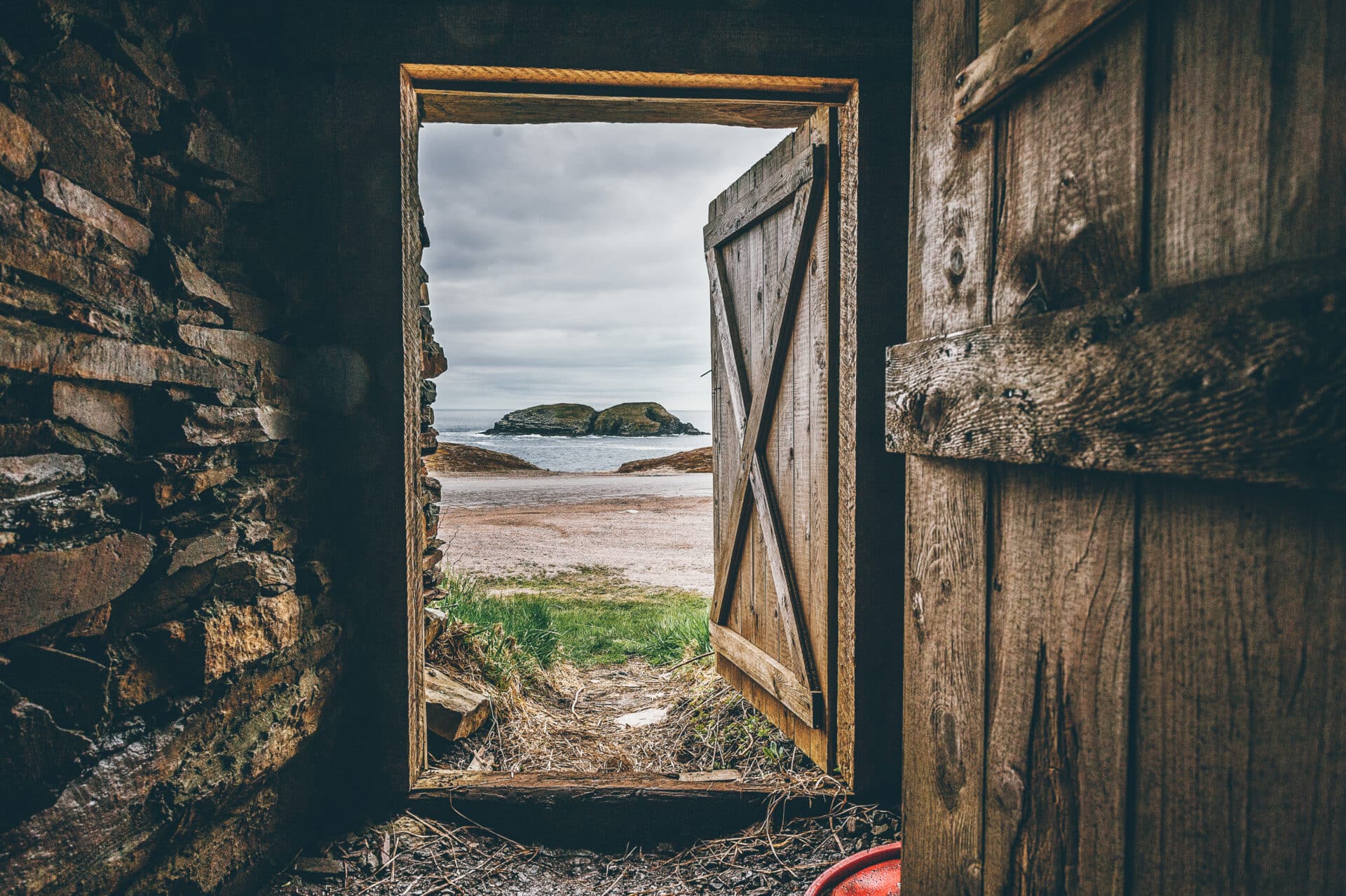Distilled water is a type of purified water that has been processed to remove impurities, minerals, and other substances. It is often used in medical and laboratory settings, as well as in everyday life. Distilled water can be purchased in stores, but many people wonder if they can make their own distilled water out of tap water at home. This article will explore this question and discuss the process of making distilled water from tap water.Yes, you can make distilled water out of tap water. The process of making distilled water from tap water involves boiling the tap water to create steam, then collecting and condensing the steam back into liquid form. This condensed liquid is the distilled water, which is free from any contaminants or minerals that were in the original tap water.
What Is Distilled Water?
Distilled water is a type of purified water that has had all of its impurities removed through distillation. This process involves boiling the water and then condensing the steam back into a liquid. The impurities are left behind in the boiling vessel, leaving only pure water. Distilled water is used for many different purposes, including drinking and cooking, as it is free of many contaminants found in tap or well water. It is also commonly used as an ingredient in certain cleaning solutions and medical equipment.
Distilled water also has a number of other benefits, such as being free from chemicals like chlorine, lead, and other contaminants that can be found in tap or well water. It also has a neutral pH level, which makes it ideal for use in aquariums or other aquatic environments. Additionally, distilled water does not contain any minerals or other particles that can affect the taste or smell of food or drinks prepared with it. Finally, distilled water has been shown to be effective at removing bacteria from surfaces when used as part of a cleaning solution.
The Benefits of Drinking Distilled Water
Drinking distilled water has a number of benefits for your health. Distilled water is free from impurities, chemicals, and other substances that can be harmful to your body. It is also free from the minerals that can build up in the body over time. Furthermore, it is odorless and tasteless, making it an ideal choice for those who are sensitive to the flavor of tap water.
Distilled water is easier to absorb than regular tap water, as it does not contain any mineral content. This means that the body can absorb more of the essential vitamins and minerals found in food and beverages. In addition, drinking distilled water helps to flush out toxins from the body more quickly, aiding in overall detoxification. It may also help to reduce bloating and improve digestion by reducing the amount of undigested material in the digestive system.
The lack of contaminants such as chlorine, lead, and other heavy metals found in some tap water also makes distilled water a healthier option for drinking and cooking. These contaminants can cause a variety of health issues such as gastrointestinal problems, skin irritations, or even cancer if consumed over an extended period of time. By eliminating these contaminants from your diet with distilled water, you can help protect your health for years to come.
In addition to its health benefits, drinking distilled water is convenient and affordable. You can purchase bottles at almost any store or purchase a distiller machine for home use. The cost varies depending on the type you choose but is generally very affordable compared to other types of purified waters on the market today.
Overall, drinking distilled water has many benefits including improved digestion and detoxification as well as protection against harmful contaminants found in tap water. The convenience and affordability make it an excellent choice for those looking for a healthier alternative to regular tap water consumption.
How To Make Distilled Water At Home
Distilled water is water that has been boiled and then condensed back into a liquid. This process removes all impurities, leaving you with pure H2O. Making distilled water at home can be a time consuming process, but it’s worth the effort if you need clean drinking water or you want to use it for other purposes such as steam distillation or auto detailing. Here’s how to make distilled water at home.
The first step in making distilled water is to fill a pot with tap water and bring it to a boil. Once the water has reached boiling point, lower the heat and place a glass bowl in the center of the pot. Make sure the bowl is large enough so that it doesn’t touch the sides or bottom of the pot. Place an inverted lid over the glass bowl and leave it for 15 minutes.
The heat from the boiling water will cause steam to rise and collect on the underside of the inverted lid. The condensation that forms on this lid will then drip into the glass bowl, where it will collect as pure distilled water. Once all of the condensation has dripped into the bowl, turn off the heat and remove both pieces from the pot.
Allow your distilled water to cool before transferring it into an airtight container for storage or use. If you don’t plan on using your distilled water right away, you can store it in an airtight container and refrigerate it for up to two weeks without losing any of its purity.
Making distilled water at home is a great way to ensure that you always have pure H2O available when you need it. With just a few simple steps, you can easily make enough distilled water for all your needs!
Making Distilled Water From Tap Water Safe
Distillation is a process of purifying water by boiling it to separate contaminants, minerals, and other impurities. This process helps to make tap water safe for drinking by removing bacteria, viruses, and other harmful substances. Distilling tap water also removes any chlorine taste or smell that may be present in the water. In addition, the process removes heavy metals such as lead and copper that may be present in the tap water.
The distillation process involves boiling the tap water until it turns into steam. The steam is then condensed back into liquid form and collected separately from the contaminants that were left behind in the boiling process. This condensed liquid is known as distilled water and is much safer for drinking than regular tap water.
Distilled water also has fewer mineral particles than regular tap water, making it more pure and free of impurities. The lack of minerals can reduce the risk of developing kidney stones or other health conditions related to mineral deficiencies. It can also help to improve taste by removing unpleasant odors from drinking water.
When using distilled water from tap for drinking purposes, it’s important to ensure that all containers are properly sanitized before use. This will help prevent any contamination from occurring during storage or handling of the distilled water. Additionally, it’s recommended to drink distilled water only when it has been freshly distilled as older distilled water may contain bacteria or other microorganisms that have developed over time.
Overall, distilling tap water can make it safe for consumption by removing bacteria, viruses, and other harmful substances while also reducing its mineral content. However, proper sanitization of containers is key to ensure that any potential contamination is prevented during storage or handling of the distilled water before consumption.

Is It Cheaper To Make Distilled Water At Home?
Making distilled water at home can be a cost-effective way to ensure a continuous supply of clean, chemical-free water. Distilled water is purified water that has been boiled and condensed back into a liquid state, leaving behind contaminants and impurities. While buying distilled water from the store can be expensive, it is possible to make your own at home for much less.
Distillation is the process of boiling water and condensing the steam produced back into liquid form. This removes most impurities from the water, including chemicals, heavy metals, and bacteria. The equipment needed to distill water at home is relatively inexpensive and can be easily sourced online or from a local hardware store.
To distill your own water at home, you will need some basic tools such as a pot or large container for boiling the water, some tubing for connecting the container to the condenser unit (which usually consists of some kind of cooling reservoir), and a filter system to remove any remaining sediments or particles from the distilled liquid. You may also need some basic electrical equipment such as an electric heater or thermometer to help regulate the temperature during distillation.
Once you have all your materials in place, simply fill up your container with tap or well water, connect it to your condenser unit, and turn on your heat source (if using). The steam produced by boiling will travel through the tubing and into your cooling reservoir where it will condense back into liquid form. This liquid can then be collected in another container for storage or use immediately.
The cost of making distilled water at home will depend on how much you plan on producing at one time as well as any additional materials you may need such as an electric heater or thermometer for regulation purposes. In general though, making distilled water at home is often much cheaper than buying it from stores. Not only will you save money in the short term but you’ll also help protect yourself from potential contaminants that could be present in tap or well water sources.
Equipment Needed to Make Distilled Water from Tap Water
Making distilled water from tap water requires a few pieces of specialized equipment. The most important piece of equipment is a distiller or still, which is used to heat the water and then collect the vapor that forms as a result of boiling. This vapor is condensed back into liquid form and collected as distilled water. Additionally, a filter may be used to remove any impurities that may remain in the vapor before it is condensed back into liquid form. Other necessary items include tubing and containers to store the distilled water in, as well as an outlet for any remaining waste liquid. Finally, some form of heat source is needed in order to boil the tap water and create the vapor needed for distillation.
With these pieces of equipment, users can make their own distilled water at home. This process can be sped up by preheating the tap water before it enters the distiller, or by using multiple distillers in series so that each one has time to cool down between batches. It’s also important to remember that distilled water should not be stored for too long; it should be consumed within 24 hours after production for best results.
In summary, making distilled water from tap water requires a distiller or still, filter, tubing and containers, waste outlet and heat source. Preheating the tap water before entering the distiller will speed up the process, but users must remember to consume the distilled water within 24 hours after production for best results.
Making Distilled Water from Tap Water
Distillation is a process of purifying water by heating it to the point of vaporization and then condensing it back into liquid form. During distillation, the contaminants found in tap water such as impurities, heavy metals, and other organic compounds are left behind in the boiling chamber. The distilled water is then collected in a separate container for use. The process of distillation involves boiling the tap water to create steam. As the steam rises, it leaves behind any bacteria, impurities or heavy metals that may be present in the tap water. The steam is then cooled and condensed back into liquid form and collected in a separate container. This process removes any minerals or contaminants that may be present in tap water, resulting in pure distilled water that can be used for many different applications including drinking, cooking and cleaning.
The process of distillation has been used for centuries to purify water, making it safe for human consumption and other uses. Today, many households use distillation units to make distilled water from their tap water at home. These units are similar to the ones used commercially but usually smaller in size and more affordable. Distilling your own water at home can be a cost-effective way to ensure you have access to clean drinking water without having to buy expensive bottled waters or having to worry about contaminants found in municipal supplies.
Distilled water also has a variety of other uses including industrial processes such as cleaning electronics or medical equipment as well as automotive uses such as cooling radiators or windshield washer systems. Distilled water has become increasingly popular with health conscious individuals who want an alternative to bottled waters which often contain additives and chemicals.

Conclusion
Distilled water is a form of purified water that has had impurities removed through the distillation process. Tap water can be distilled, although it may require additional filtration and purification steps, such as reverse osmosis, to ensure that it meets the standards for drinking water. In addition, distilling tap water can be costly and time consuming.
For those who need distilled water for their daily needs, it is recommended to purchase distilled water from a store or online source, as this is often more cost-effective and reliable than attempting to distill tap water.
Overall, while it is possible to make distilled water out of tap water, the process can be quite involved and expensive. For those who need distilled water on a regular basis, it may be more cost-effective to purchase pre-distilled water from an online or in-store source.

